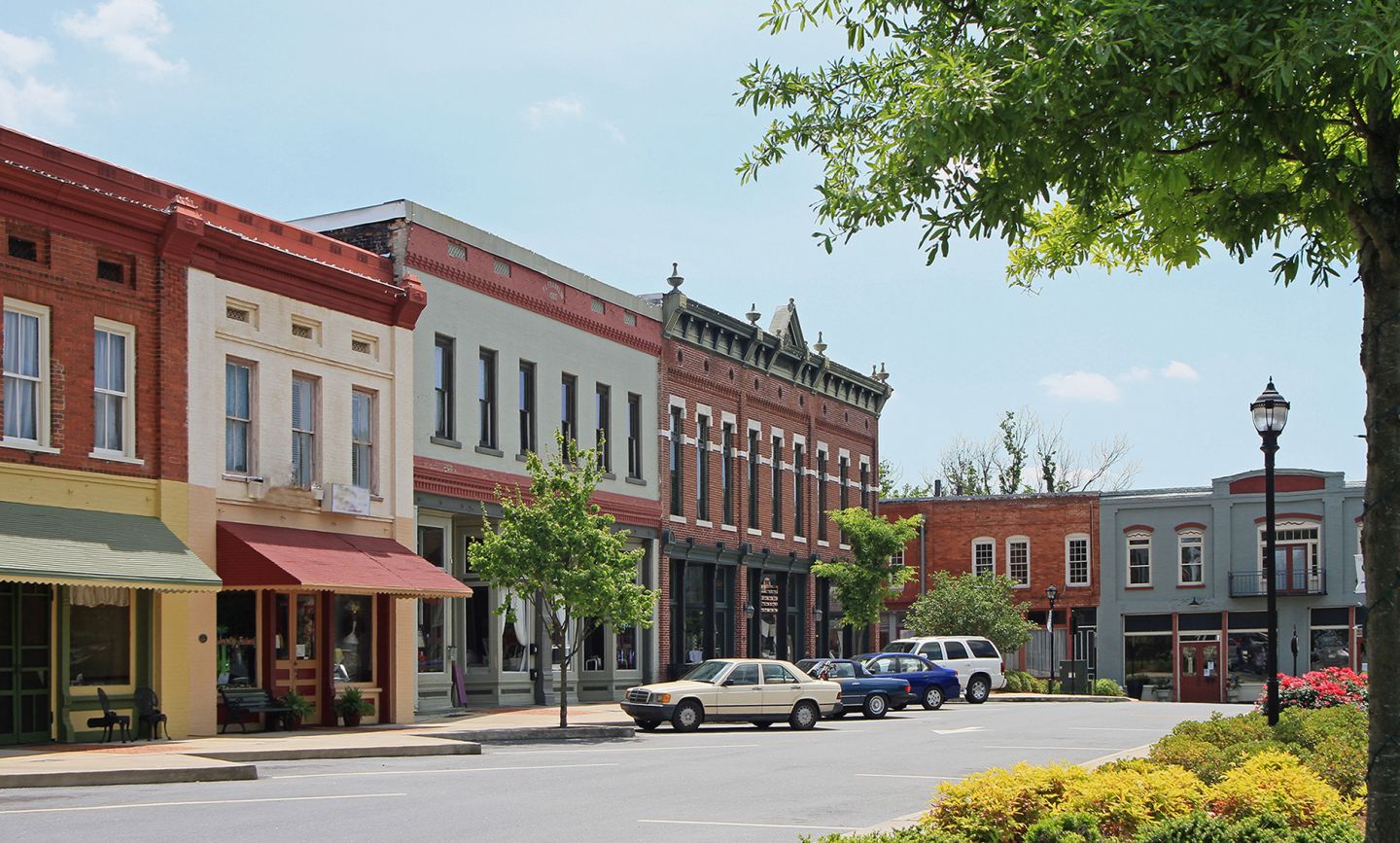By Bill R. Shelton, CEcD HLM
Site selection for a store or restaurant is the most critical strategic decision a retailer has to make. Because of the significance of site location in the success and profitability of a store, retailers carefully and even painstakingly, evaluate many variables and competitive sites before selecting sites.
The community that understands retail site selection drivers can position the community to better serve the needs of both new and existing retailers.
Related: Ultimate Checklist for Choosing Retail Site Selection Solution
Insights into the retail location process were contained in a past report issued by the National Retail Federation. The report was based on a survey of 43 real estate executives. Below are four insights that provide an overview of the retail site location decision and how they are made:
- Site selection is an elimination procedure. An average of ten sites were analyzed for every one selected. The initial screening process is normally based on market potential and the communities were not aware that they were being considered or eliminated at this stage. Market potential includes market trends, the number of customers and their purchasing power, competition, and cannibalization.
- Finding sites with growth opportunities is a struggle. Finding retail sites that “position stores in the market place to capture all available traffic, while minimizing the cannibalization from existing stores is a struggle.” Most site rejection at this stage focus on access, visibility, and real estate and energy costs, which are factors that a community has little, if any, control over.
- Time to market is critical. Time to market starts when a property is acquired and ends when the store opens for customers. Any time shaved off the process goes directly to the bottom line. One company reported that the costs saved by cutting 15 months from the permitting process paid for the new store’s construction. Communities do have control over compliance requirements. Lengthened permitting processes, time-consuming zoning, and regulatory requirements and restrictive regulations are compliance nightmares that can result in a community being screened out at this stage of the process.
- The role of site economics. Site economics represents the ability of a store at a given location to support the costs of land, building or rent, equipment and inventory, and to provide an acceptable profit and return on investment. A return on investment (ROI) with a company imposed hurdle rate is prepared on each site still under consideration and used to compare sites. At this stage the store or stores on a given site are either given a green light to proceed, designated for more analysis and negotiations, or eliminated from consideration.
Understanding the importance that retailers place on site selection and leveraging the same site selection software will help them gain a competitive advantage and improve the odds of being the one in ten selected for a new store or expansion.
To learn more about the site selection process and how the Buxton Platform can help your community, check out our public sector platform.
Blog originally published in March 2015


